Lesson objectives: to introduce children to the concepts of body, matter and particle;
teach how to model molecules using the Cornelsen laboratory;
introduce the structure of substances in different states of aggregation;
test students' knowledge on the topic covered;
develop memory and thinking.
Equipment:
1. Multimedia device (diagrams, examples in the form of pictures, tables, Appendix 1)
2. For experiment: glass; tea spoon; a piece of sugar; water.
3. Portable laboratory "Cornelsen"
4. Cards-diagrams of substances.
During the classes
I. Organizational moment.
II. Repetition of what has been learned (test).
Let's start by reviewing the material covered.
Choose the correct answer (on the screen):
1. What is nature?
j) everything that is made by human hands;
P) everything that surrounds us and exists independently of humans;
m) everything that surrounds us.
2. What kind of nature is there?
p) nature can be living or inanimate;
c) nature is only living.
3. What applies to inanimate nature?
a) bullfinch;
f) table;
And) snow.
4. Which kingdom does not belong to living nature?
b) the kingdom of bacteria;
c) the plant kingdom;
R) kingdom of ice;
d) the kingdom of mushrooms.
5. Which power circuit is correct?
a) cabbage toad slug;
O) cabbage slug toad.
6. What do these animals have in common: the dodo, the passenger pigeon, the sea cow?
a) saved by man;
d) destroyed by man;
c) have become rare.
What does the science of ecology study?
a) connections between living beings and the environment;
b) inanimate nature.
(Incorrect answers disappear on the slide. Children read the word “nature.”)
III. Communicating the topic and objectives of the lesson
Guys, in s answered all questions. Look at the letters that remain on the slide, what did you notice? (Children's statements.)
The result is the word “NATURE”. Today in class we will start to study the new section “This amazing nature " This section will help us learn even more about nature.
The topic of our new lesson is “ Bodies, substances, particles" Today you will become familiar with the concept of “body” and find out what it consists of.
IV. Conversation on theme "Bodies".
When you read or hear the word “body,” what do you imagine?
- All objects surrounding us are called bodies.. Among the countless and varied bodies there are bodies of nature or natural bodies (teacher shows slide "bodies")
And then there are bodies made by man. They are called artificial bodies
Name the bodies that belong to the first group . (Tree, grass, stone, cloud, butterfly, etc.)
Name the bodies that belong to the second group . (Pencil, book, pen, table, raincoat, etc.)
Do you think the Sun, stars, and Moon are bodies? (These are bodies inanimate nature)
That's right, these are natural bodies, and they are also called heavenly or space bodies.
V. Physical education minute. (Game "Dwarves, Giants")
VI. The concept of "SUBSTANCE" (Teacher's lecture).
All bodies are made of substances. (Table on the slide)
These bodies are formed by one substance, but there are bodies that are formed by several substances.
Very complex composition have living beings. For example, plants contain water, sugar, starch and other substances.
Substances are what bodies are made of.
There are substances solid, liquid, gaseous(gas).
(The teacher shows a slide with a diagram: “solid”, “liquid”, “gaseous”.
VII. Particles (Experience)
Scientists have found that substances consist of tiny particles that are visible only under a microscope. How can you be sure that these particles exist? Let's do an experiment. For the experiment, we take a body formed by one substance - a piece of sugar. Sugar is placed in a glass of water and mixed with a spoon. At first, the sugar is clearly visible, but gradually becomes invisible.
Taste the water. She's sweet. This means that the sugar did not disappear, it remained in the glass.
Why don't we see sugar?
Because a piece of sugar disintegrated into the smallest particles of which it consisted (dissolved). And these particles mixed with water particles. This experience shows that substances, and therefore bodies, consist of particles.
Tell me, is a solution of sugar in water a substance or a mixture of substances? (A mixture of two substances.)
Each substance consists of special particles that differ in size and shape from the particles of other substances. Scientists have found that there are gaps between particles. In solids these gaps are small. In liquids the gaps are larger. And in gases there is even more. (Teacher shows slide).
In any body, all particles are in constant motion.
VIII.Message about M.V. Lomonosov. (The teacher shows a slide with a portrait.)
Lomonosov Mikhail Vasilievich (1711-1765)
M.V. Lomonosov is the first Russian natural scientist of world significance, one of the founders of physics and chemistry, historian, poet and artist. From 1731, for 10 years, he studied at the Slavic-Greek-Latin Academy in Moscow, at the University of St. Petersburg, in Germany.
In 1742, M.V. Lomonosov was awarded the first scientific title- adjunct, in 1745 he became the first Russian professor (academician) of the St. Petersburg Academy of Sciences.
In 1748 he founded the first Russian chemical laboratory. In 1755, on the initiative of Lomonosov, Moscow University was opened.
Lomonosov knew 11 languages perfectly.
Student speech:
Even in ancient times, scientists expressed the idea that bodies consist of particles invisible to the eye. This is how they explained many natural phenomena. Why, for example, do wet clothes dry out? Because particles of water fly away from it, inaccessible to our eyes.
The great Russian scientist Mikhail Vasilyevich Lomonosov (1711-1765) proved in his works that invisible particles can be complex and simple.
Complex particles are made up of simple ones. The same simple particles, combining in different ways, can form a variety of complex particles. With this M.V. Lomonosov explained the diversity of substances in nature.
Later, scientists became convinced that this was indeed the case. Complex particles were called molecules, and simple ones - atoms.
IX. Working with the laboratory"
Cornelsen".Topic: "Molecular Modeling".
Guys, on your desks are sets from a portable laboratory " Cornelsen" for modeling molecules and there are reference diagrams. Now we will assemble models of several substances.
Table on the slide:
hydrogen white ball
oxygen red ball
carbon black ball
nitrogen blue ball
(Teacher shows an example of collecting an oxygen molecule)
Watch carefully how I will model the oxygen molecule. On the support diagram I find symbols: two red balls and two connecting elements. I connect according to the diagram. I got a model of an oxygen molecule.
Now try to assemble the models yourself.
Children complete the task in rows: 1st row - gaseous substances, 2nd row - liquids, 3rd row - solids.
Three students are called to the board with models (from each row).
How are these models different?
Using models of molecules, we see the difference in the structure of substances in different states of aggregation.
Liquids have a higher density of particles than gases, and solids more than in liquids.
X. Consolidation of the studied material.
You can consolidate the material using the textbook (p. 37). Use your textbook to check if the following statements are true:
Any item, any Living being can be called a body.
Substances are what bodies are made of.
Substances consist of tiny particles invisible to the eye.
XI. Lesson summary.
Today we got acquainted with new concepts: bodies, substances, particles.
What two groups are bodies divided into?
What groups are substances divided into?
What does the substance consist of?
(The teacher evaluates the children's answers.)
XII. Homework
- Read the text in the textbook “Bodies, substances, particles” (pp. 34-36);
- Workbook, tasks 1-4 (pp. 14-15).
Alive and inanimate bodies nature is studied in natural history lessons, and one must assume that it is all so simple that there are not even words. But we must not forget that we have a natural history lesson, and we have fifth-graders in front of us. And they need to chew everything over, explain, show and clarify. True, you don’t even need to consider them very small, because as soon as you ask them questions, the answers will pour out at you. Of course, we can’t vouch for their veracity, but they’re not the least bit imaginative. Main question, which must be asked in class, sounds something like this: how do living bodies of nature differ from nonliving ones. And work will begin at full force at the lesson!
Living bodies of nature
These are actually living organisms, but we call them bodies, because from the point of view of physics (although fifth-graders are still far from physics), a living organism is a body that has certain properties. There is already scope for discussing such properties of living bodies as nutrition, growth, reproduction, and so on. It should be pointed out that living bodies of nature include not only animals, but also plants, fungi, and even bacteria. And the person needs to be discussed first.
Inanimate bodies of nature
But in this place you can talk a lot, both about natural inanimate bodies and about those created by man. That is, about stones, sand, clay, as well as desks, tables, pillars, houses and cars.
BODIES OF NATURE LIVING LIVING CAMEL CAMEL SQUIRREL SQUIRREL ZEBRA ZEBRA BUMBEE BUMBEE SWANS SWANS Compare and highlight features(properties) of bodies of living nature. NON-LIVING NON-LIVING PENCILS PENCILS SNOWMAN SNOWMAN LAMP LAMP BOX BOX SNOWFLAKE SNOWFLAKE NEST NEST


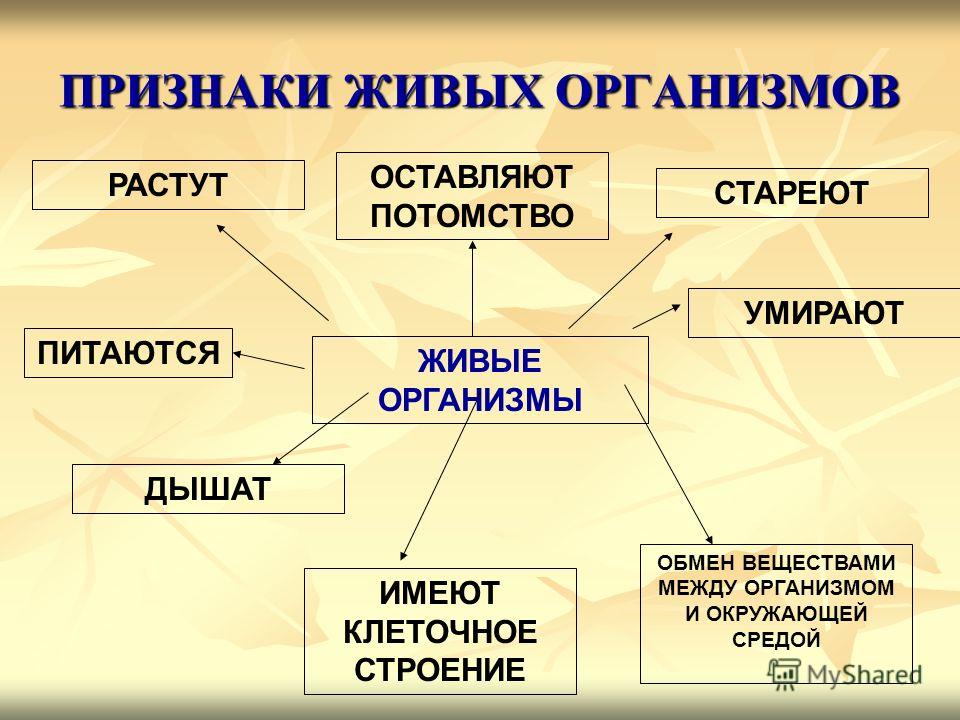

Bodies of living nature are called organisms. Assignment: Give examples of living organisms. Assignment: Give examples of living organisms. Why do you think the bodies listed are organisms? Why do you think the bodies listed are organisms? By what signs - properties can one determine that these bodies of nature are organisms? By what signs - properties can one determine that these bodies of nature are organisms?
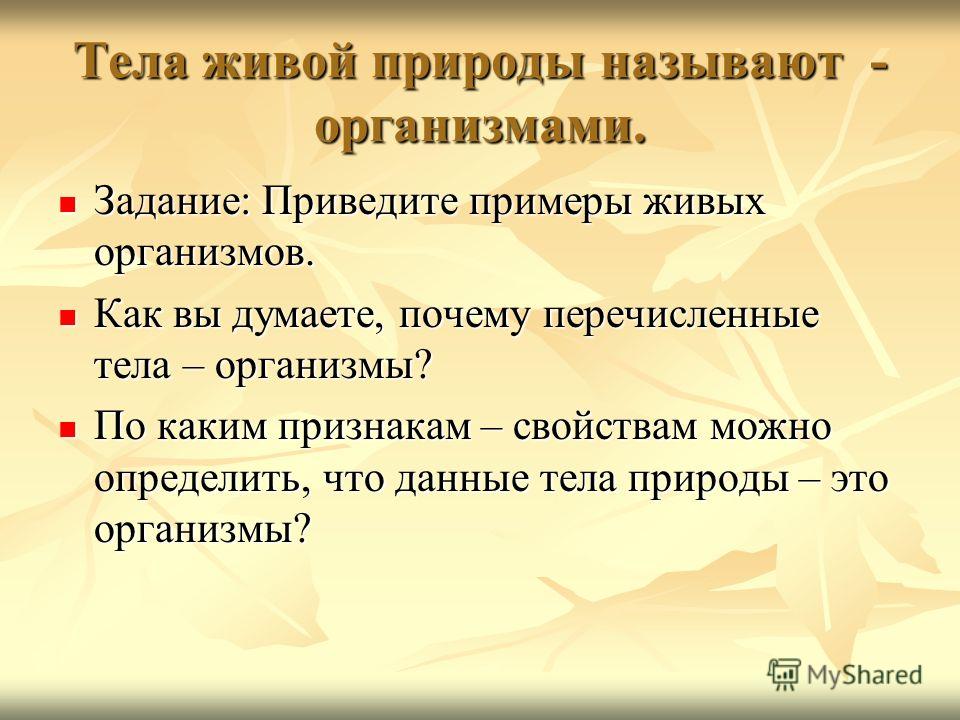

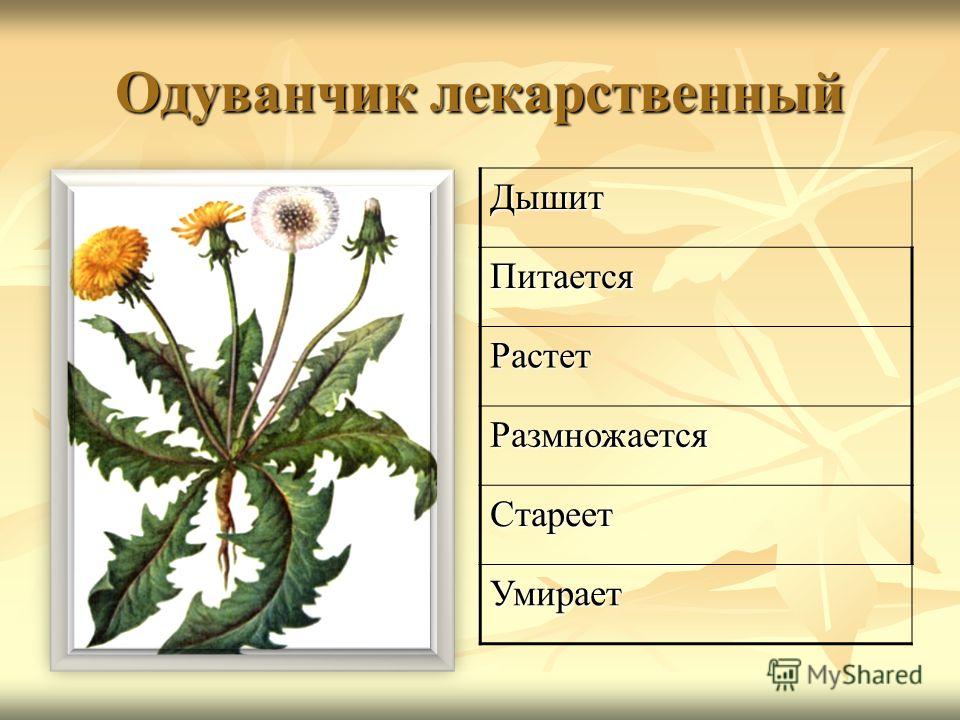
Conclusions: All organisms under consideration differ in appearance, their habitat different food, reproduction occurs in different ways, but there is a great similarity between them: they are all bodies of living nature. All the organisms under consideration differ in appearance, habitat, they have different nutrition, reproduction occurs in different ways, but there is a great similarity between them: they are all bodies of living nature. These are organisms that have identical properties. These are organisms that have the same properties. And these properties distinguish living organisms from inanimate bodies. And these properties distinguish living organisms from inanimate bodies.

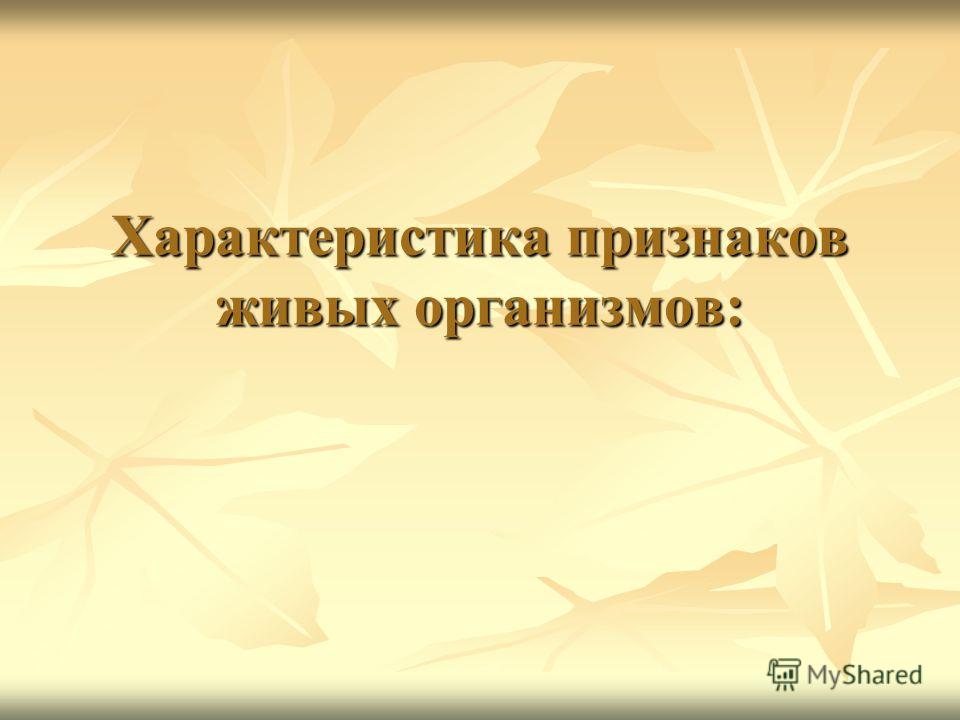
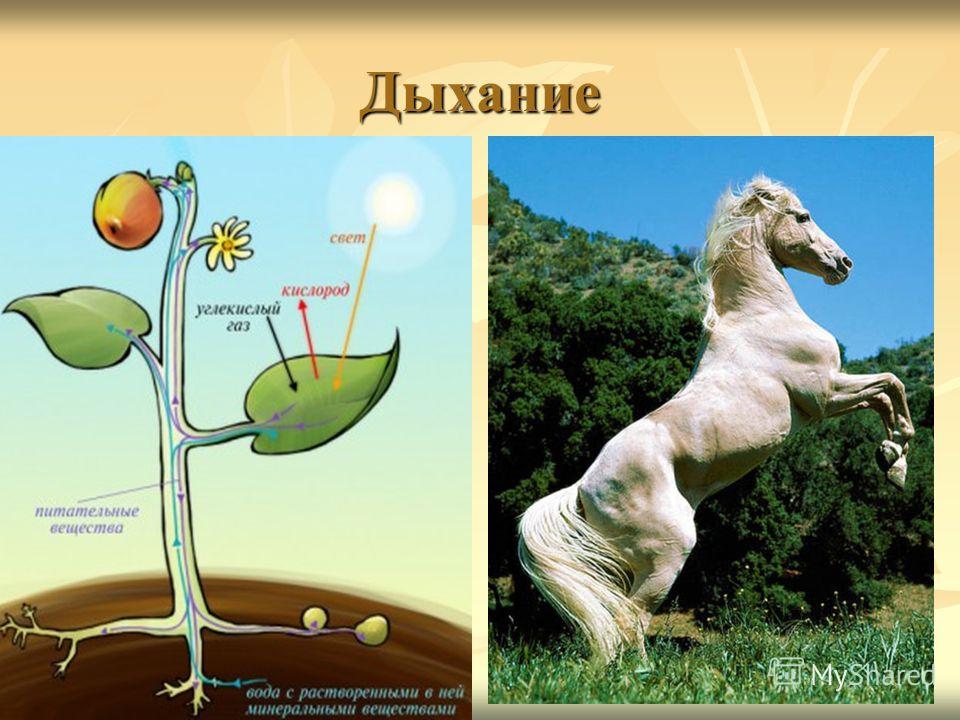
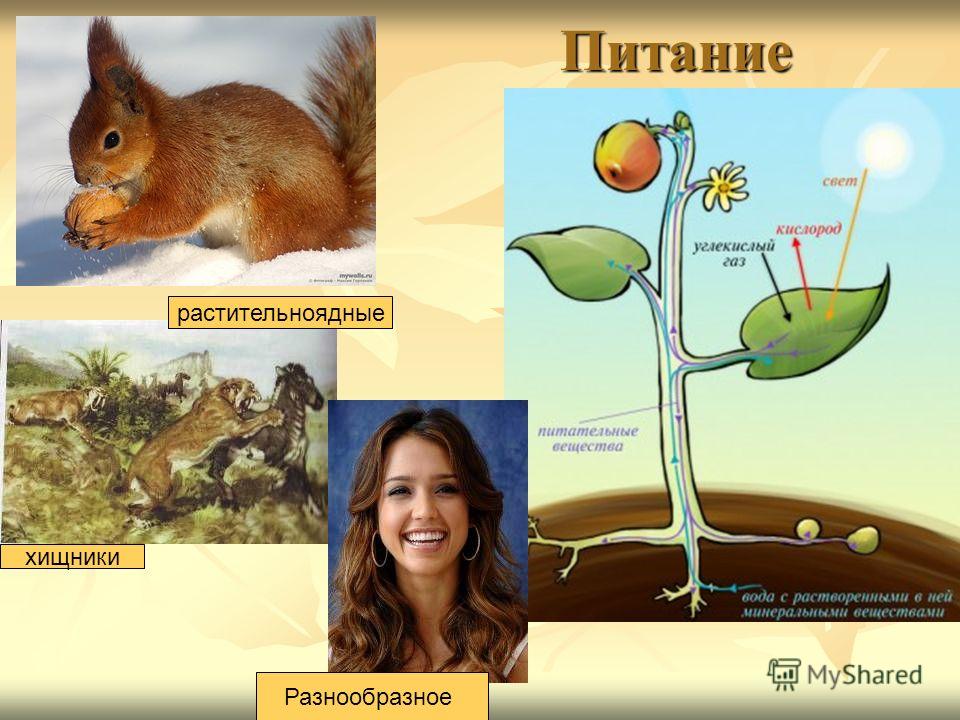

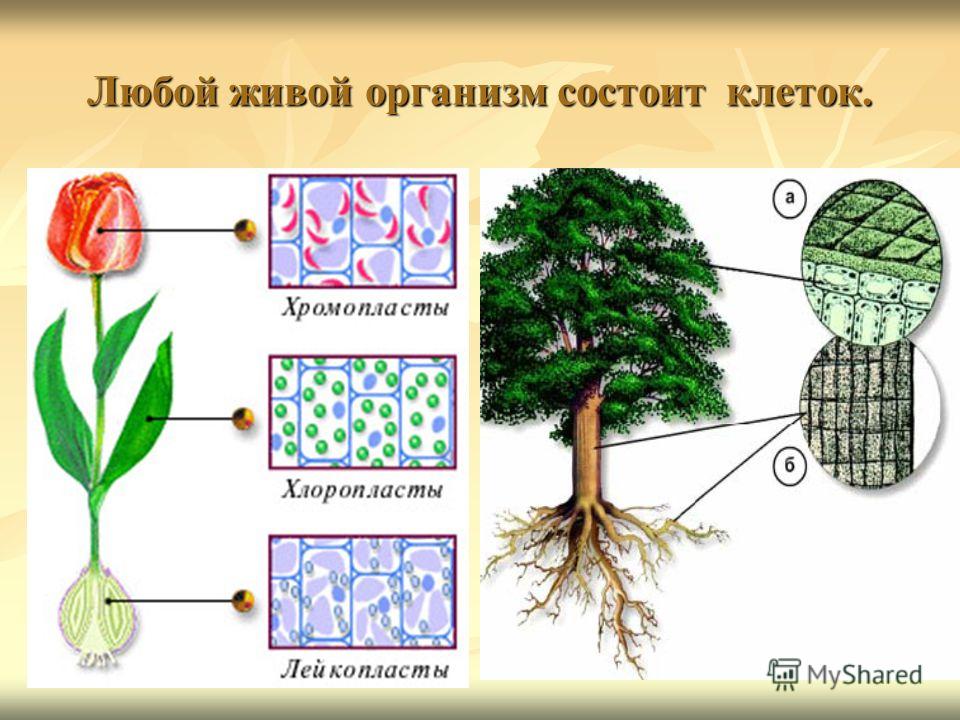
 Conclusions: So, living organisms have properties (have cellular structure, breathe, eat, grow, reproduce, age, die, they exchange substances that connect the body with environment. So, living organisms have properties (they have a cellular structure, they breathe, they eat, they grow, they reproduce, they age, they die, they exchange substances that connect the organism with the environment. Everything listed properties characterize only living organisms. All of the listed properties characterize only living organisms. After death, life processes in the body completely cease. After death, life processes in the body completely cease.
Conclusions: So, living organisms have properties (have cellular structure, breathe, eat, grow, reproduce, age, die, they exchange substances that connect the body with environment. So, living organisms have properties (they have a cellular structure, they breathe, they eat, they grow, they reproduce, they age, they die, they exchange substances that connect the organism with the environment. Everything listed properties characterize only living organisms. All of the listed properties characterize only living organisms. After death, life processes in the body completely cease. After death, life processes in the body completely cease.

Lesson No.
Subject : Inanimate and living nature.
Goals : to form in students an idea of inanimate and living nature; teach correctly, distinguish between them.
Equipment : table, illustration.
During the classes.
1. Organizational moment.
Conversation on issues.
3. Studying new material.
On the street, at home, in the classroom - everywhere and everywhere we are surrounded by variousbodies, or items. These include the Sun, Moon, air, water, mountains, plants, animals, cars, books, pencils. There are so many bodies, or objects, in the surrounding world that it is impossible to count them.
One of the bodies around us (houses, cars, books, pencils) is built or made by man. Other bodies (Sun, Moon, Earth, air, water, mountains, plants, animals) existed and exist independently of humans. They are classified as bodies of nature and are called natural or natural (from “nature” - nature). Thus, nature is all the bodies around us, except those built or made by man. People admire nature. They say about her that she is beautiful, rich, diverse and unique.
The bodies of nature are divided intononliving and living. The sun, moon, air, clouds, mountains, stones are inanimate bodies (objects) of nature. They form part of nature, which is calledinanimate. Trees, shrubs, herbs, mushrooms, insects, fish, birds, animals are living bodies of nature, ororganisms. Humans are also living bodies.
Living bodies, or organisms, differ from non-living bodies in that they eat, breathe, grow, mature, reproduce, age and die. Plants, animals, mushrooms and other living bodies are part of nature, which is called living.
Game “Choose” we divide these words into living and non-living
Various changes occur with inanimate and living bodies in nature. During the day, when the sun shines, rocks and other bodies on the ground heat up. As night falls they cool down. In spring it becomes warm, snow and ice melt, young leaves appear on trees and bushes, grasses begin to turn green, hedgehogs, hamsters, and gophers are awakened after hibernation, and migratory birds return from warm countries. In late autumn, ice appears on rivers, lakes, and ponds. in winter snowing.
Heating and cooling of stones, melting snow and ice, falling snow or rain, the appearance of leaves on trees and shrubs in spring, stimulating animals after hibernation
Inanimate bodies of nature arehard , liquid And gaseous . A stone, granite, or a piece of chalk or clay, or a grain of sand are solids. They cannot be squeezed with your fingers. Solids have permanent form.
Water, oil - liquid bodies or liquid. They can spread, overflow, flow out. Liquids do not have a permanent shape, but take the shape of the depressions, voids or vessels that they fill.
Air, natural gas- gaseous bodies, or gases. They, like liquids, do not have a constant shape. Air occupies all places that are free from other bodies.
Working with textbooks.
Fizminutka
Work in notebooks : Record definitions.
4. Vocabulary work.
Work in workbooks .
1.Write what types of inanimate bodies there are.
2. Fill out the table “Solids, liquids and gases.”
5. Fastening.
1.Which inanimate bodies of nature are called solids, and which ones are called liquids or fluids?
2. Give examples of solid and liquid natural bodies.
3. Name the gaseous bodies known to you
6. Summing up the lesson.
7.Homework.
8. Grading.
Lesson No.
Subject : Solids, liquids and gases.
Goals : to form in students an idea of the solid, liquid and gaseous bodies of nature; teach how to correctly fill out observation tables.
Correction figurative memory based on recognition exercises; development of the skill of connected oral expression.
Cultivate curiosity and interest in the subject.
Equipment: table, illustrations.
During the classes.
1. Organizational moment.
2.Updating background knowledge and student skills.
Conversation on issues.
What two groups are all the bodies of nature divided into? How do bodies of one group differ from bodies of another group? Give examples of inanimate phenomena. Give examples of natural phenomena.
3. Studying new material.
Inanimate bodies of nature are solid, liquid and gaseous. a stone, granite, or a piece of chalk or clay, a grain of sand are solid bodies. They cannot be squeezed with your fingers. Solids have a constant shape.
Water, oil are liquid bodies or fluids. They can spread, overflow, flow out. Liquids do not have a permanent shape, but take the shape of the depressions, voids or vessels that they fill.
Air, natural gas are gaseous bodies, or gases. They, like liquids, do not have a constant shape. Air occupies all places that are free from other bodies.
Working with textbooks.
Fizminutka
Working in notebooks: writing down definitions.
4. Vocabulary work.
Work in workbooks.
1. write what types of inanimate bodies there are.
2.fill out the table Solids, liquids and gases.
5. Fastening.
1.Which inanimate bodies of nature are called solid, and which are liquid or liquid?
2.give examples of solid and liquid natural bodies.
3. name the gaseous bodies known to you
6. Summing up the lesson.
7.Homework.
8. Grading.
